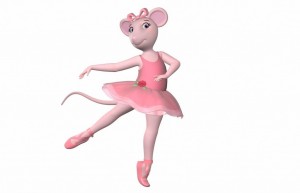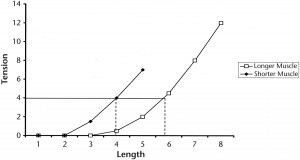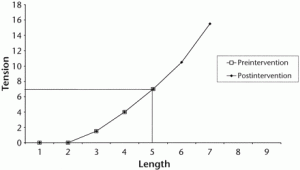Stretching Muscle: A brief summary on what it does.
Rapid Fire Overview Most of the ideas are from the work of Magnusson. I have been preaching this research for 15 years and was basically motivated because of self intentions. My flexibility is poor and I never thought that stretching the spine made any sense for low back pain prevention. I went out looking for some support and Magusson (1996) was the king in this area. A recent review is here (its free) He also has great research questioning the utility of eccentric loading protocols for tendinopathy as he prefers heavy resistance training (click here). I have a quick post here inspired by his work related to high hamstring tendon pain.
- stretching as we practice it probably does not lengthen muscle in the long term
- changes in stiffness (i.e. the amount of force it takes to stretch a muscle) do occur with short term stretching (e.g right after you stretch or warm up) but do not occur with long term stretching
- changes in the short term range of motion and decreasing stiffness we experience are probably due to viscoelastic changes in the muscle
- you will have a greater range of motion after you stretch for a bunch of weeks BUT this does not mean the muscle is less stiff or longer. Rather, that muscle (more accurately your nervous system/brain) has increased its stretch tolerance. Your brain and nerves just let you move further.
More details and some thoughts
- Muscles decrease stiffness during a short term bout of stretching. True. This means for a given amount of force your hamstrings will be able to move a little farther. This is what happens when you warm up, stretch and work the kinks out. You can see this in a shift of the stress strain curve to the right. Chart below.
- the change in the range of motion seen with prolonged stretching is a result of an increase stretch tolerance. We don't actually see a shift in the stress/strain curve. The muscle is no less stiff after stretching rather it can just lengthen more. See the chart below.
Why this sho uld make sense to you.
uld make sense to you.
Imagine a beautiful young ballerina. Consider the range of motion that she would possess in her hamstrings. No doubt extensive. Now picture the back of her thighs...taut, lithe, responsive and strong (if you pictured the picture on the left, what is wrong with you?). Would you agree that this athlete has tremendous range of motion in her hamstrings yet wonderful "tone" or "tightness' when standing at rest. If she is just standing would I be able to walk up, grab her hamstrings and jiggle them back and forth like some loose harp string? No way. There is still stiffness at short ranges. Stretching does not change stiffness. It does not loosen muscles. If it did we would buckle at rest and be soft, loose messes.
But why do the athletes report feeling tight and stiff? That is another post here (and all opinion by the way)
Quick Summary
I started with the summary, scroll up.


